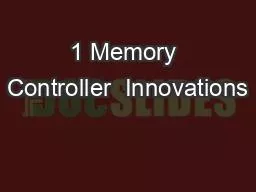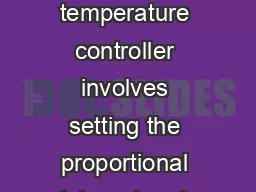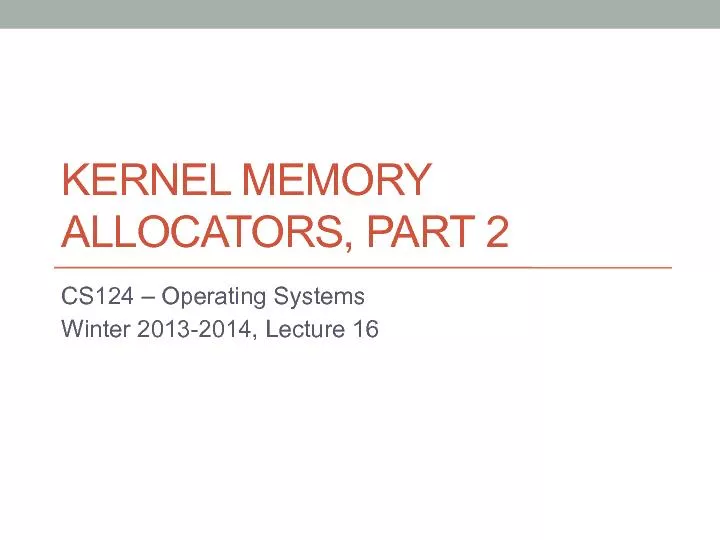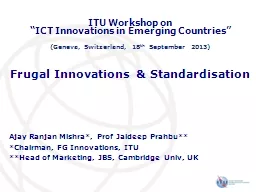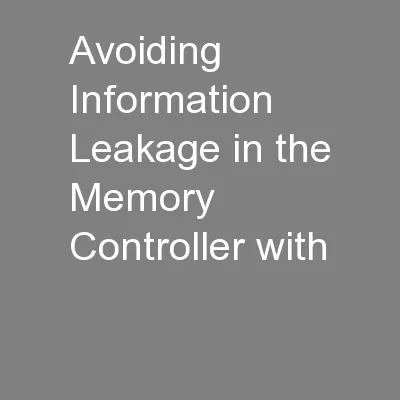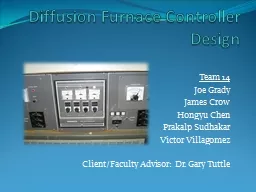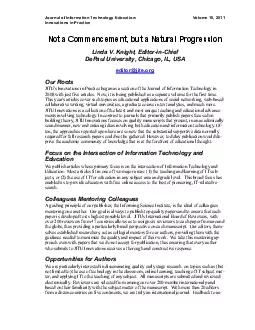PPT-1 Memory Controller Innovations
Author : eatfuzzy | Published Date : 2020-11-06
for HighPerformance Systems Rajeev Balasubramonian School of Computing University of Utah Sep 25 th 2013 2 Micron Road Trip MICRON BOISE SALT LAKE CITY 3 DRAM
Presentation Embed Code
Download Presentation
Download Presentation The PPT/PDF document "1 Memory Controller Innovations" is the property of its rightful owner. Permission is granted to download and print the materials on this website for personal, non-commercial use only, and to display it on your personal computer provided you do not modify the materials and that you retain all copyright notices contained in the materials. By downloading content from our website, you accept the terms of this agreement.
1 Memory Controller Innovations: Transcript
Download Rules Of Document
"1 Memory Controller Innovations"The content belongs to its owner. You may download and print it for personal use, without modification, and keep all copyright notices. By downloading, you agree to these terms.
Related Documents

